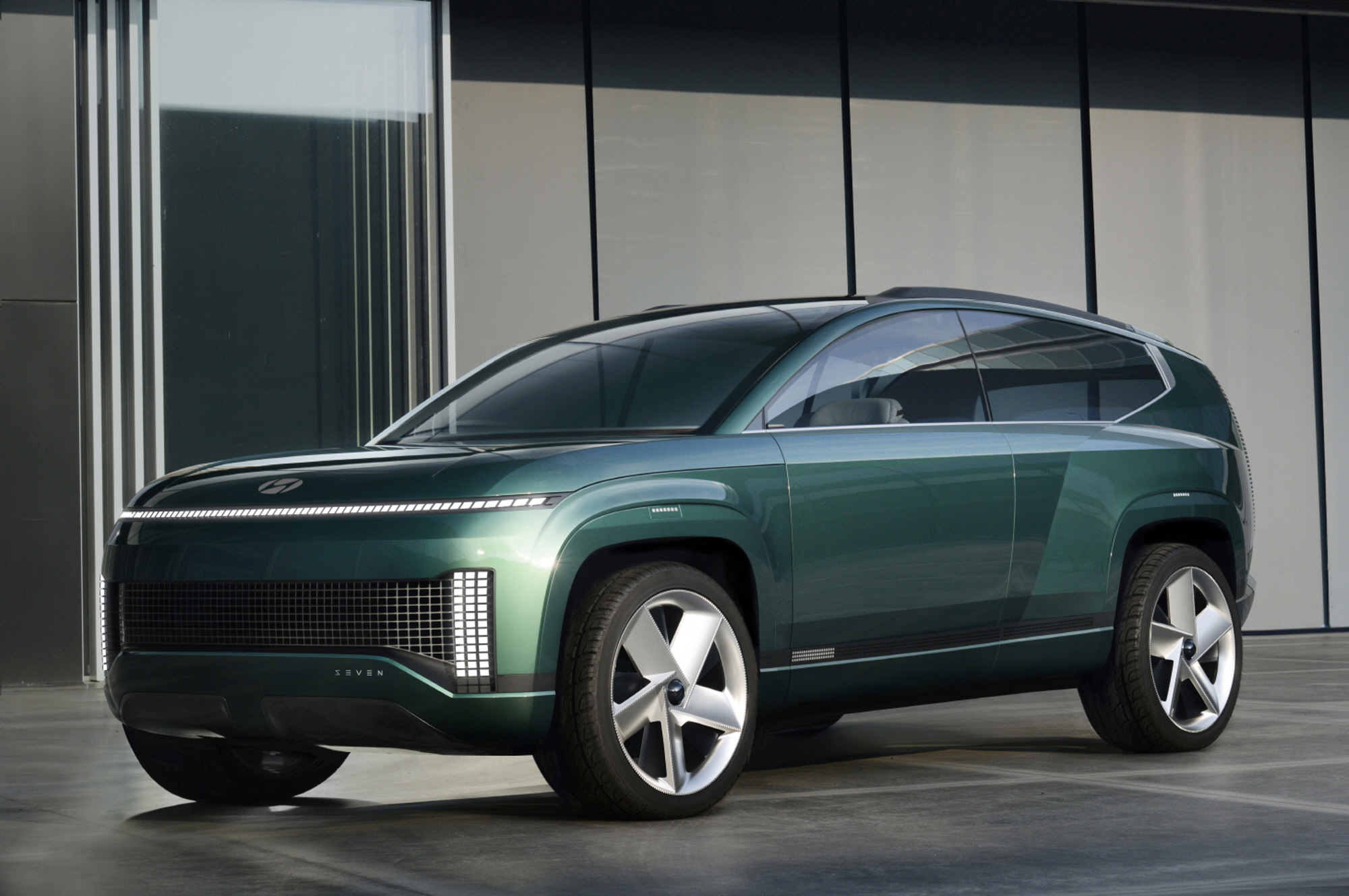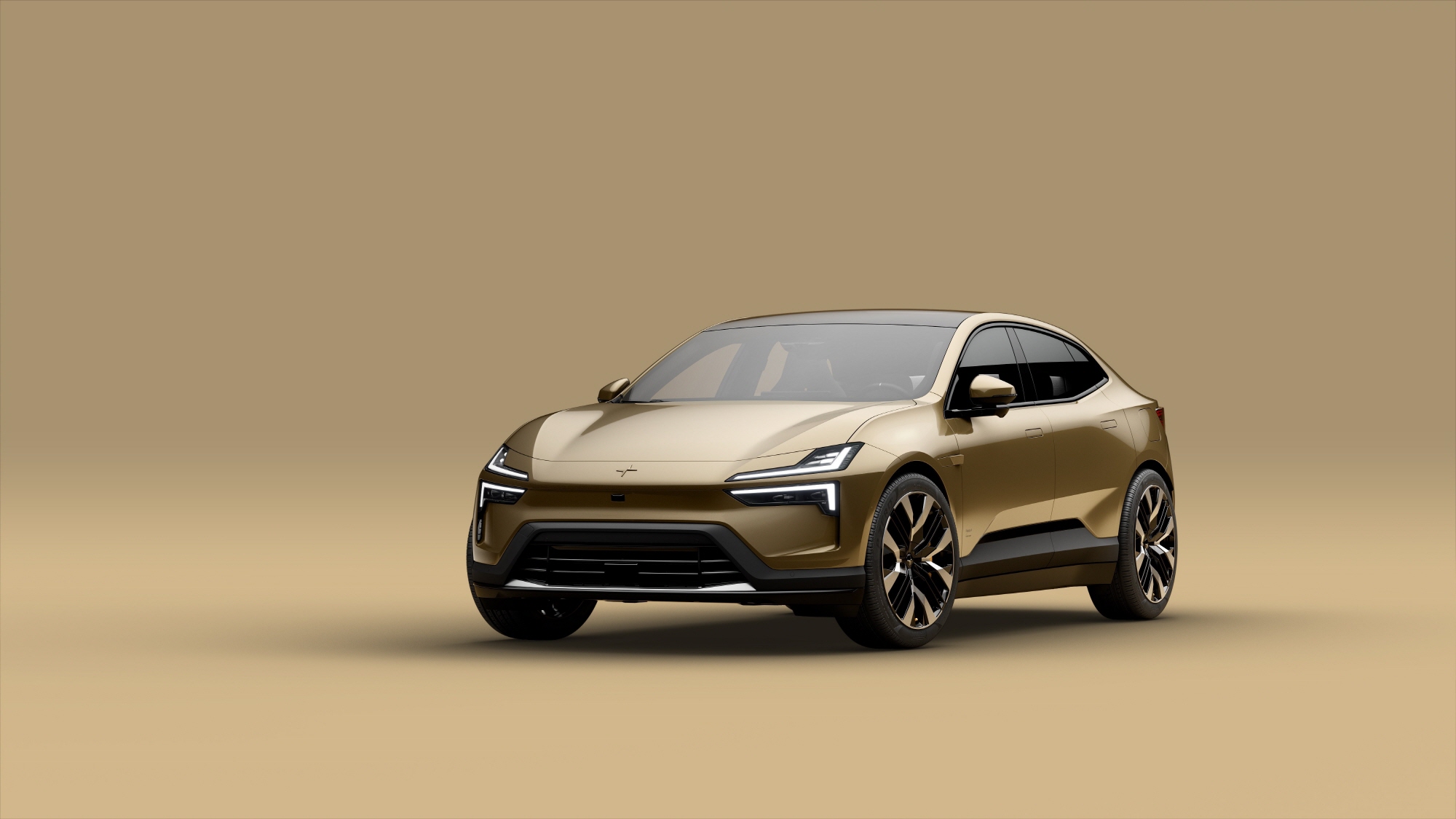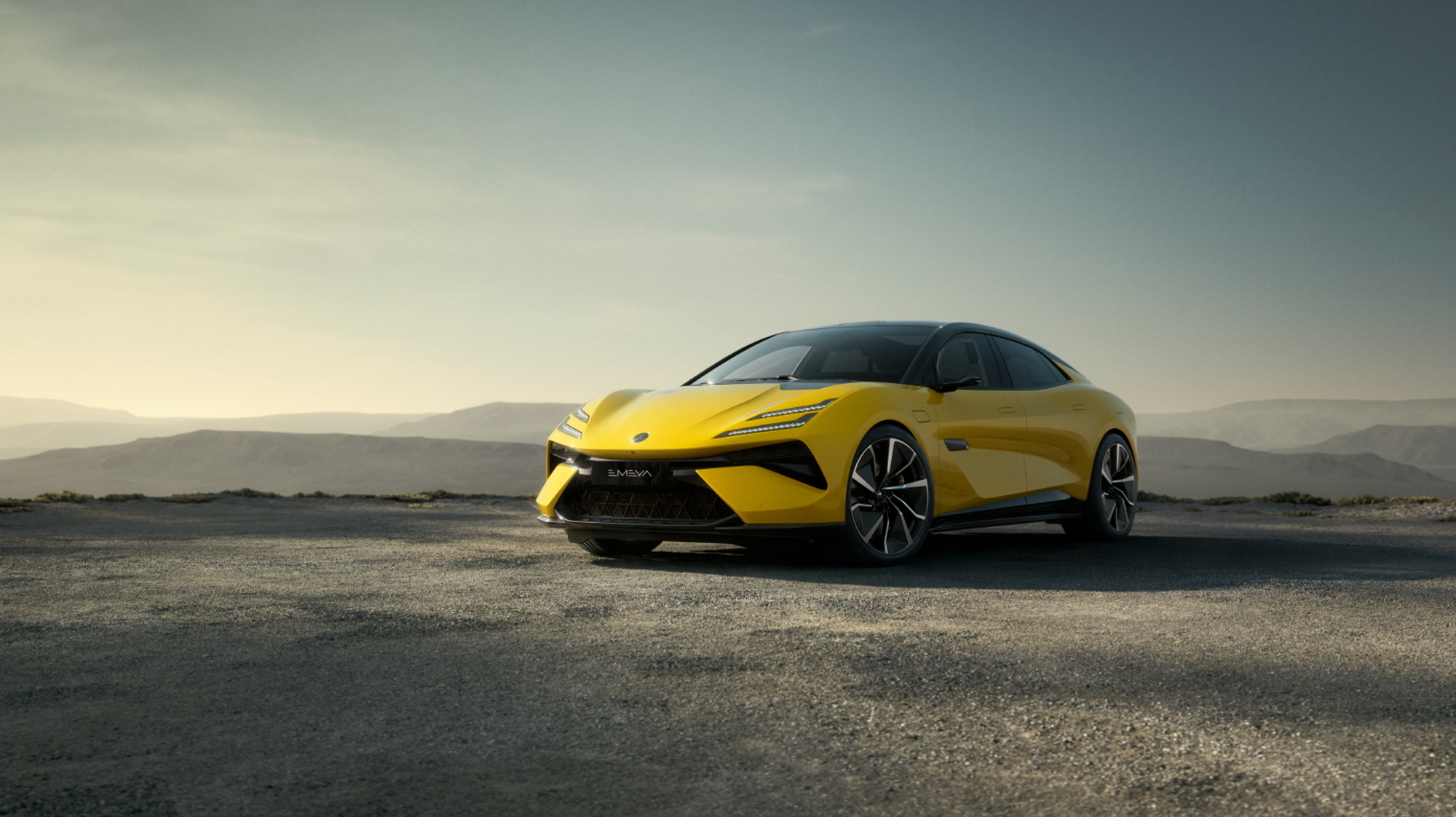
With various new electric vehicles (EVs) set to launch in South Korea during the second half of the year, consumer interest in competitive models across different segments is on the rise. The market is especially hot for reasonably-priced compact and mid-size electric SUVs as well as flagship electric sedans that boast ample living space and comfort. In this article, we will introduce the new EVs by price and segment, examining the main competitive landscapes and highlighting each model’s unique charm.
At the end of this month, Hyundai Motor Company will unveil its first electric vehicle, the ‘Casper Electric,’ at the Busan Mobility Show. Competing against the Kia Ray EV, this compact electric vehicle aims to capture the urban EV market with its reasonable price and a driving range of just over 300km. Notably, since the Ray EV garnered a good response last year, there is significant interest in how well the more efficient Casper EV will perform in the market.
Additionally, Hyundai is expected to introduce the ‘Ioniq 9,’ which will serve as the flagship of the Ioniq series, within this year. Built on Hyundai Group’s electric modular platform E-GMP, the Ioniq 9 is a large electric SUV that shares a ‘fraternal twin’ relationship with the Kia EV9. Unlike the more traditional SUV styling of the EV9, the Ioniq 9 will target a niche market by incorporating a softer MPV design. This indicates a clear intent to differentiate its market positioning from the Palisade of the same class.

The competition in the imported electric vehicle market is also quite exciting. Volvo plans to start deliveries of the ‘EX30’ this month. This next-generation compact electric SUV, built on an EV-dedicated platform, will compete not only against imported electric vehicles but also with domestic models like the Kia EV3, boasting a reasonable price of around 50 million KRW and a driving range of 404km.
Additionally, the premium compact car brand Mini will launch the electric version of its third-generation Countryman, the ‘New All Electric Mini Countryman,’ later this year. With a larger body than its predecessor, it aims to improve living space. The driving range is expected to be in the WLTP standard of around 400km, but domestic certification figures have yet to be revealed.
The electric crossover market, featuring a mix of various characteristics, is also garnering attention. Swedish premium electric vehicle brand Polestar will introduce the ‘Polestar 4’ in the domestic market. This new model fills the gap between the Polestar 2 and Polestar 3, capable of sporty design, exhilarating performance, and comfortable space. Available in two versions—272 horsepower single motor and 544 horsepower dual motor—this vehicle will be produced at the Renault Busan plant.

Moreover, BMW will unveil the electric vehicle ‘iX2,’ based on the second-generation X2, at this month’s Busan Mobility Show. The coupe-style crossover SUV iX2 will also present a sporty design and dynamic driving performance typical of BMW.
The competition in the high-performance electric sedan market is also noteworthy. Porsche plans to introduce a revised version of the Taycan within the year. The Taycan, Porsche’s four-door electric sedan, will receive slight design tweaks and improved performance in the upcoming model.
Another car generating buzz in the race for the title of ‘the fastest electric sedan of the era’ is Lotus’ new car, the Emeya. This is the brand’s first pure electric hyper GT, boasting an overwhelming output of around 900 horsepower, designed as a four-door electric sedan, and expected to attract consumer interest alongside the Eletre in leading the new Lotus brand.
The Emeya’s drag coefficient is at an impressive level of ‘0.21,’ making it among the best in its class (the Taycan has a coefficient of 0.22). Recently, it achieved the fastest record among production electric vehicles by completing ultra-fast charging (from 10% to 80% battery) in just 14 minutes, verified by Germany’s P3 Group in a global EV charging test. Additionally, the Emeya offers a WLTP-rated driving range of 610km on a single charge, securing not only dynamic driving performance but also long-distance travel capability.
Its innovative Advanced Driver Assistance Systems (ADAS) are also notable. The Emeya is equipped with four LIDARs, 18 radars, seven 8-megapixel cameras, and five 5-megapixel cameras, enabling it to recognize obstacles within a maximum radius of 200 meters around the vehicle, even in dark roads or inclement weather. This positions it to potentially claim the title of ‘the fastest electric sedan’ as well as ‘the safest electric vehicle.’
Moreover, as a flagship model for Lotus, it provides an unparalleled driving comfort. It features electronic air suspension that adjusts damper damping force at a speed of 1,000 times per second by sensing the road conditions ahead through a camera. Additionally, it includes a 55-inch augmented reality (AR) head-up display, a 15.1-inch HD OLED central display, and a premium audio system from British KEF that supports Dolby Atmos 3D surround sound, showcasing a variety of top-tier equipment in its segment.

Jin Sang Lee daedusj@autodiary.kr

